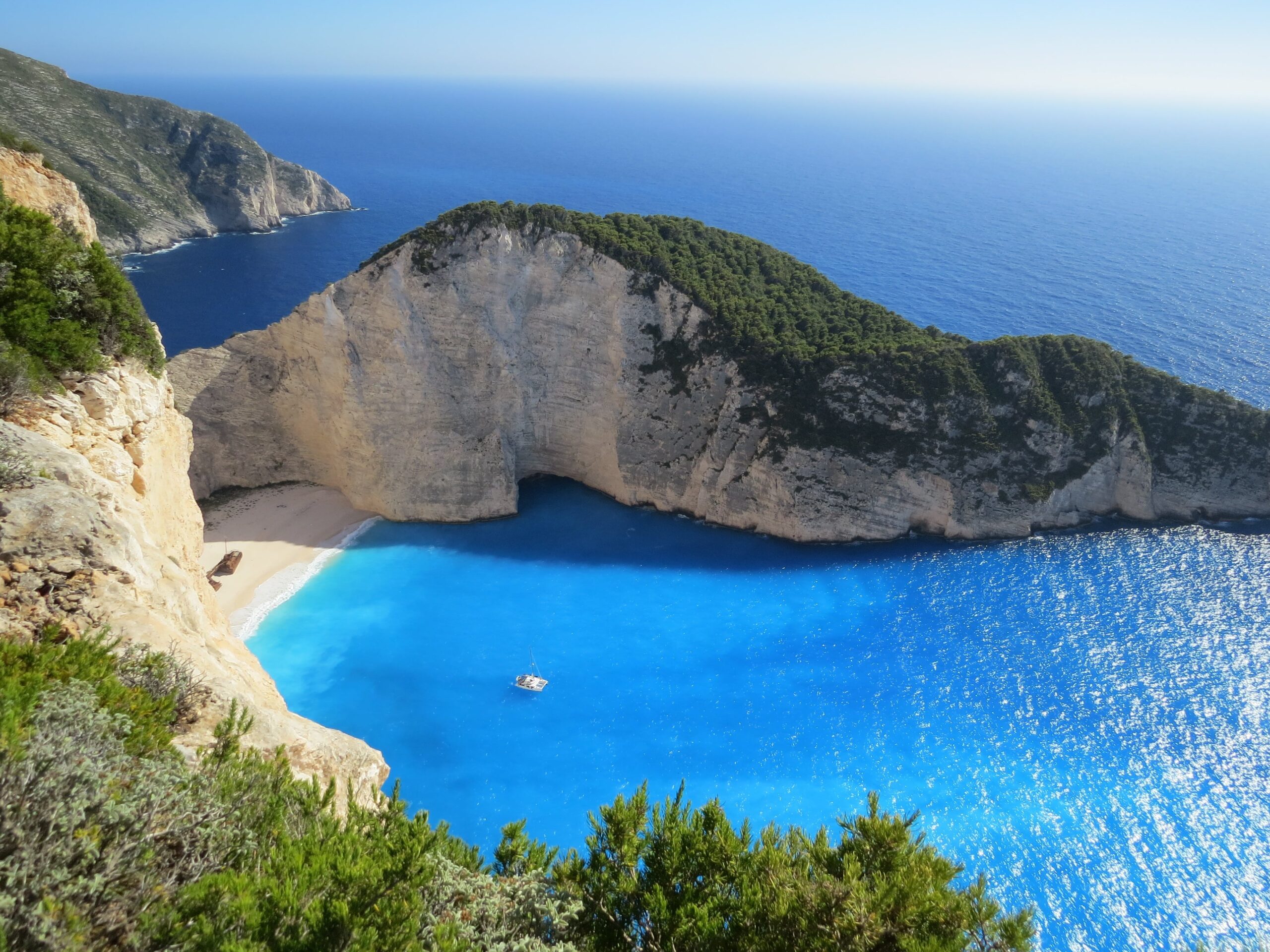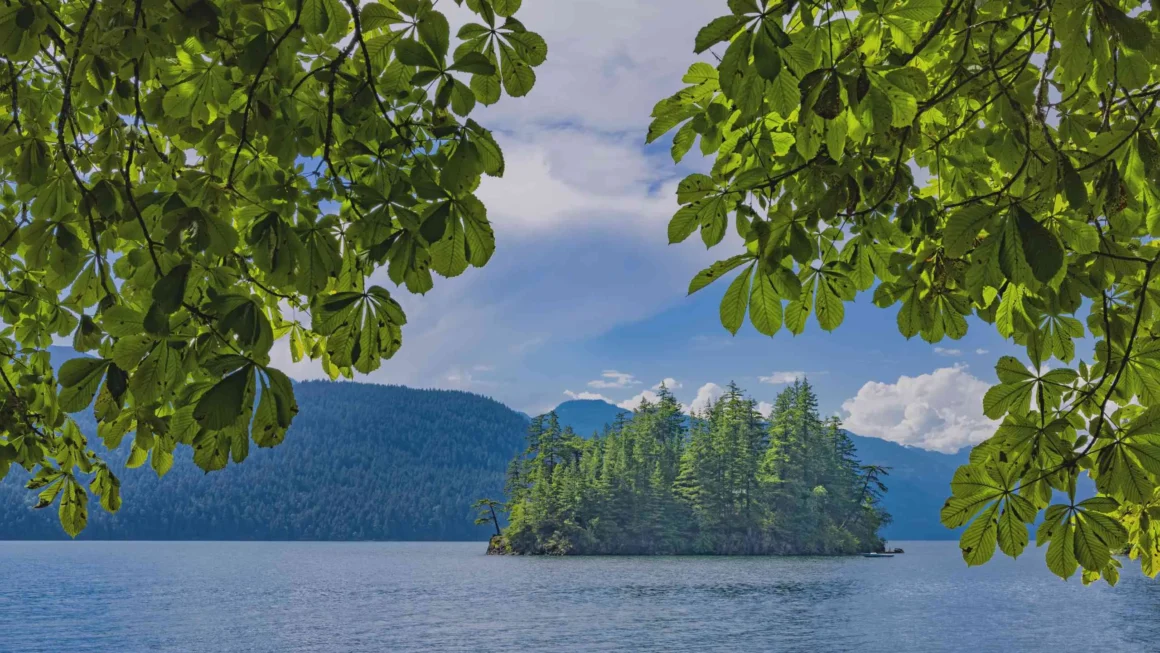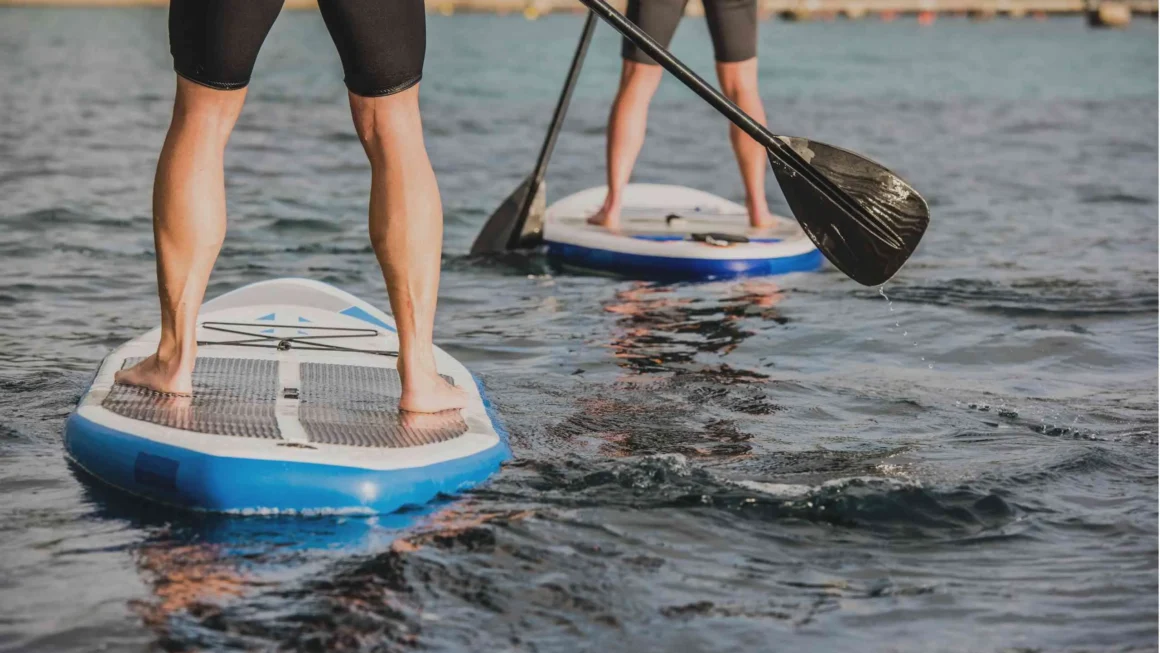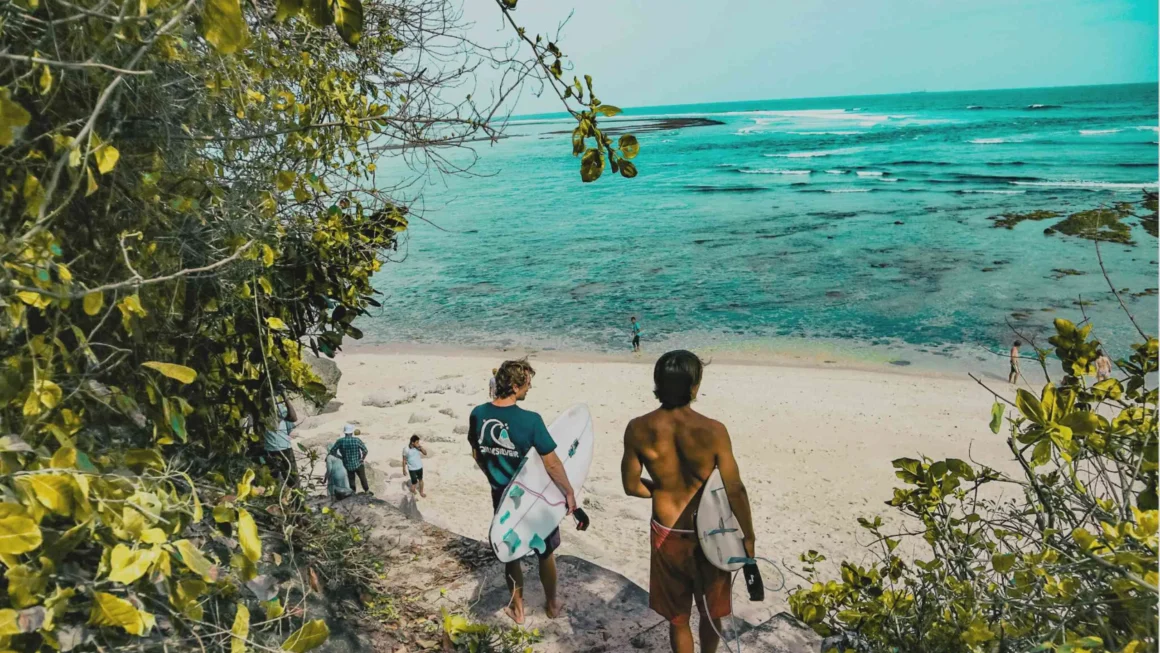Barbados, a jewel in the Eastern Caribbean, is celebrated not only for its sun-drenched beaches and azure waters but also for the rich tapestry of history woven into the very sands that line its shores. The story of Bajan beaches is a fascinating journey through time, from the early Amerindian settlers to the colonial era and into the present day, where these beaches have become synonymous with paradise. This blog post delves into the historical depths of Barbados’ coastline, revealing how its beaches have played a pivotal role in the island’s past, culture, and development.
The Early Days: Amerindian Heritage
Long before the British set foot on Barbadian soil, the island was home to Amerindian tribes, primarily the Arawaks and the Caribs. These early inhabitants were the island’s first beachcombers, relying on the sea for sustenance and transportation. Sites like Heywoods Beach in Saint Peter bear archaeological evidence of these early settlements, where Amerindians launched their canoes into the Caribbean Sea, fishing and trading across the islands.
The Arrival of the Europeans
The landscape of Barbados underwent a seismic shift with the arrival of the Portuguese in the 16th century, followed by the British in 1627. Carlisle Bay, a natural harbor on the west coast, quickly became a bustling port, serving as a gateway for European settlers and African slaves. The strategic importance of this bay during the colonial period cannot be overstated, facilitating trade, military operations, and the transatlantic slave trade that brought thousands of Africans to the island’s sugar plantations.
The Sugar Era and Beach Transformation
The sugar industry, which dominated Barbados’ economy for centuries, inadvertently influenced the development of its beaches. The island’s coastline, especially areas like Speightstown and Oistins, became hubs of commercial activity, where sugar, molasses, and rum were exported. However, the beaches themselves remained untouched by development, serving as occasional sites for ship repairs or as landing spots for contraband.
Emancipation and Beyond: A Shift in Perception
The abolition of slavery in 1834 marked a turning point for Barbados and its beaches. Freed slaves, who had been restricted from accessing many coastal areas, began to utilize the beaches for fishing and small-scale gatherings. Over time, as the sugar industry’s dominance waned and Barbados moved towards diversification, the beaches started to gain recognition for their recreational potential.
The Birth of Tourism
The 20th century heralded the birth of Barbados’ tourism industry, with the island’s pristine beaches playing the starring role. The Crane Beach, for instance, became the site of one of the Caribbean’s first resort hotels in 1887, signaling the beginning of beach tourism in Barbados. As the industry grew, beaches like Accra (Rockley) Beach, Dover Beach, and Sandy Lane became household names, drawing visitors from around the globe.
Conservation and Heritage
With the boom in tourism, the need to preserve Barbados’ natural and historical heritage came to the fore. Efforts to conserve the natural beauty of the beaches have been coupled with initiatives to protect historical sites. The conservation of the SS Stavronikita, intentionally sunk off the west coast to create an artificial reef, exemplifies the island’s commitment to preserving its maritime heritage while enhancing its natural attractions.
Beaches as Cultural Landscapes
Beyond their economic and recreational value, Bajan beaches have remained vital cultural landscapes. Events like the Oistins Fish Festival and the Holetown Festival celebrate the island’s history and traditions, with the beaches serving as backdrops to these vibrant expressions of Bajan heritage. Moreover, the practice of “sea bathing” – a tradition dating back to the 18th century – continues to be a popular local pastime, highlighting the intrinsic connection between Barbadians and their coastline.
Facing the Future: Sustainable Development
Today, Barbados stands at a crossroads, balancing the demands of tourism with the imperative of sustainable development. Initiatives to combat beach erosion, protect coral reefs, and ensure responsible tourism practices are crucial in preserving the beaches for future generations. As Barbados moves forward, the challenge will be to maintain this delicate balance, ensuring that the beaches that have played such a pivotal role in its past continue to be a source of pride, joy, and sustenance.
The Legacy of Bajan Beaches
The history of Bajan beaches is a microcosm of Barbados’ broader narrative – a story of colonization, transformation, and resilience. These stretches of sand have witnessed the ebb and flow of history, from the first Amerindian canoes to the bustling tourist resorts of today. They are not just places of natural beauty but historical landmarks that tell the story of a people and their island.
As we walk along these beaches, we tread on the sands of time, surrounded by the echoes of history. Each wave that laps the shore carries with it stories of the past, reminding us of the deep and enduring connection between Barbados and its beloved coastline. The beaches of Barbados are more than just picturesque landscapes; they are keepers of history, offering lessons in resilience, adaptation, and the timeless allure of nature’s bounty. In preserving these precious resources, Barbados not only safeguards its past but also secures its future, ensuring that the legacy of its beaches continues to enchant and inspire for generations to come.




